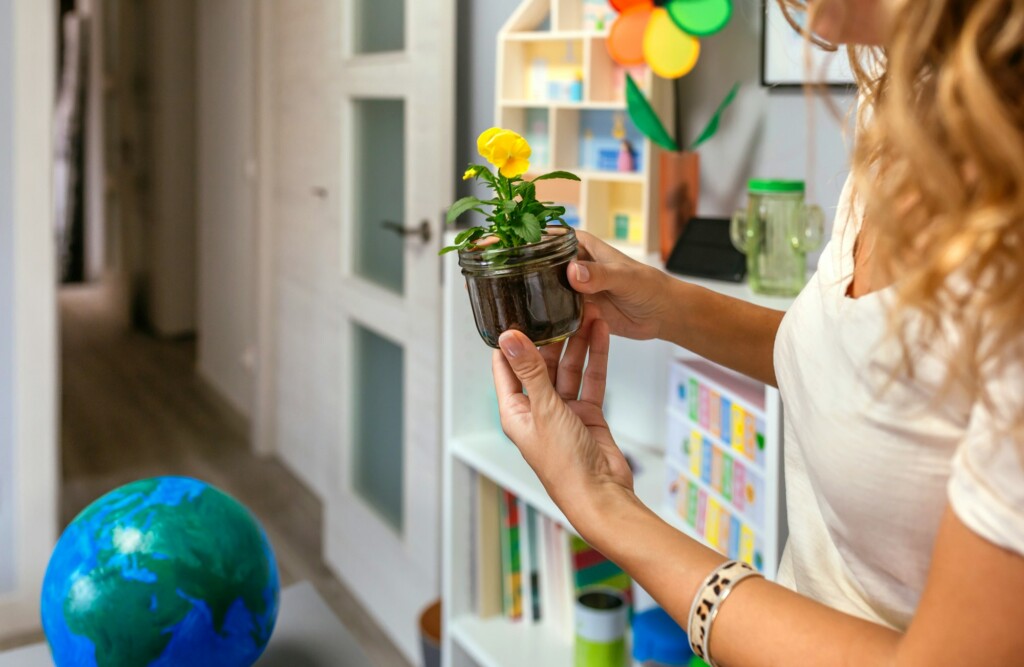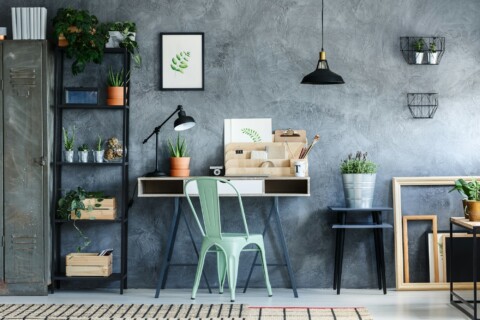Incorporating elements of nature into your indoor spaces not only enhances aesthetic appeal but also promotes well-being and productivity. Biophilic design, which seeks to connect people with nature, can have a profound impact on mood, creativity, and overall quality of life. In this article, we’ll explore seven tips for bringing the outdoors indoors through biophilic design, allowing you to create a more harmonious and inviting environment in your home or office.
1. Maximize Natural Light: Harnessing the Power of Sunlight
Make the most of natural light by maximizing windows, skylights, and glass doors to flood your indoor spaces with sunlight. Natural light not only reduces reliance on artificial lighting but also enhances mood and productivity. Position furniture to take advantage of natural light and use light-filtering window treatments to control glare and maintain privacy.
2. Incorporate Living Plants: Adding Greenery for Visual and Psychological Benefits
Introduce living plants into your indoor spaces to add a touch of nature and reap the visual and psychological benefits they offer. Choose a variety of plants with different shapes, sizes, and textures to create visual interest and improve air quality. Position plants strategically near windows or in areas where you spend the most time to maximize their impact.
3. Use Natural Materials: Embracing the Beauty of Wood, Stone, and Earth
Embrace the beauty and warmth of natural materials like wood, stone, and earth to evoke a sense of connection with the outdoors. Incorporate elements like hardwood floors, stone countertops, and exposed brick walls to add texture and character to your indoor spaces. Opt for sustainable materials whenever possible to minimize environmental impact.
4. Create Indoor Gardens: Bringing the Beauty of Nature Inside
Bring the beauty of nature indoors by creating indoor gardens or green walls that serve as focal points in your home or office. Install vertical planters or hanging baskets to showcase a variety of plants and create a lush and vibrant backdrop. Indoor gardens not only add visual interest but also improve air quality and promote relaxation.
5. Integrate Water Features: Adding Calm and Serenity with Flowing Water
Incorporate water features like fountains, ponds, or indoor waterfalls to add a sense of calm and serenity to your indoor spaces. The sound of flowing water can have a soothing effect on the mind and body, promoting relaxation and stress relief. Choose a water feature that complements your décor and fits the scale of your space.
6. Foster Connection to the Outdoors: Blurring the Boundary Between Inside and Outside
Blur the boundary between indoor and outdoor spaces to foster a sense of connection with nature. Create seamless transitions by using large windows, sliding glass doors, or folding glass walls to open up indoor spaces to the outdoors. Design outdoor living areas that feel like extensions of your indoor spaces, allowing you to enjoy the beauty of nature year-round.
7. Embrace Natural Patterns and Colors: Reflecting the Diversity of the Natural World
Incorporate natural patterns and colors into your interior design scheme to reflect the diversity and beauty of the natural world. Choose fabrics, wallpapers, and artwork inspired by nature, such as floral prints, leaf motifs, or landscape paintings. Use earthy tones like greens, browns, and blues to create a calming and harmonious atmosphere.
—
In conclusion, incorporating biophilic design principles into your indoor spaces allows you to bring the beauty and benefits of nature indoors. By maximizing natural light, incorporating living plants, using natural materials, creating indoor gardens, integrating water features, fostering connection to the outdoors, and embracing natural patterns and colors, you can create a more harmonious and inviting environment that promotes well-being and enhances quality of life. So why wait? Start bringing the outdoors indoors today and enjoy the countless benefits of biophilic design in your home or office.





